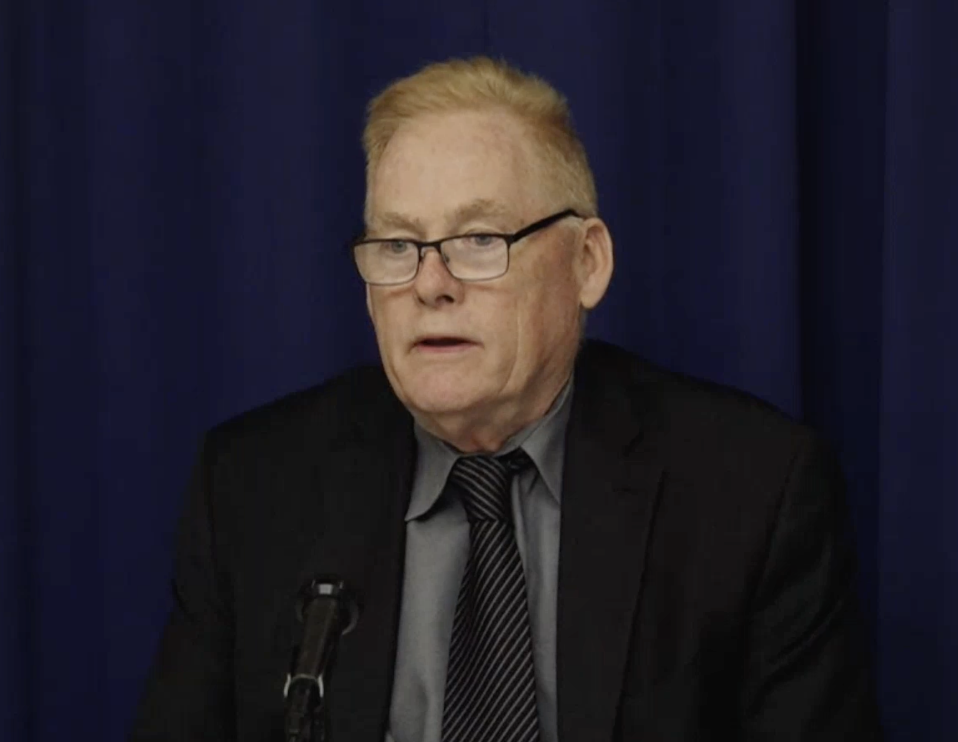CULLIP: Delay in Authorizing Vaping Devices Takes Toll on Public Health

In the battle against tobacco-related illnesses and deaths, every opportunity to promote smoking cessation should be embraced. A recent study by academics at England’s University of East Anglia demonstrated the efficacy of providing e-cigarette starter kits to smokers, highlighting a critical intervention that could save lives.
While such initiatives show promise for products widely available in the United Kingdom, the Food and Drug Administration’s prolonged delay in even authorizing thousands of vaping brands in the United States to be sold legally contributes to unnecessary missed opportunities for harm reduction.
The English study’s findings are striking. A trial in six emergency health departments (between January 2022 and August 2022) offered people who smoke an e-cigarette starter kit while a control group was provided leaflets.
This trial resulted in a 76 percent higher likelihood of quitting smoking compared to those who received only written information. This indicates the significant effect that timely access to reduced-risk nicotine devices can have on smoking cessation efforts.
With smoking remaining the leading cause of preventable death and disease, innovative strategies like this are essential in curbing the toll of tobacco-related illnesses.
However, despite the mounting evidence supporting the potential benefits of vaping as a harm-reduction tool, the FDA’s authorization process for vaping devices has been marred by bureaucratic hurdles. Thousands of vaping brands have been awaiting FDA approval for years, leaving consumers and public health advocates in limbo. This backlog not only stifles innovation and consumer choice but also deprives people of alternatives that are far less harmful than combustible cigarettes.
The consequences of the FDA’s sluggishness are dire. With each day of delay, smokers who could have switched to vaping as a less harmful alternative are left exposed to the health risks associated with combustible tobacco.
Dr. Ian Pope, a co-author of the research from the University of East Anglia’s Norwich Medical School, said, “(W)e believe that if this intervention was widely implemented, it could result in more than 22,000 extra people quitting smoking each year.”
While the FDA’s primary concern is undoubtedly ensuring the safety and efficacy of vaping products, the prolonged authorization process has led to a regulatory swamp where products are not allowed on the market, let alone being available to tempt smokers in emergency wards away from combustible tobacco.
Furthermore, the FDA’s cautious approach to vaping regulation has inadvertently created an environment where misinformation thrives. As vaping products remain stuck in the regulatory morass, consumers are left vulnerable to unregulated and potentially unsafe products flooding the market.
This lack of oversight not only jeopardizes consumer safety but also undermines public trust in vaping as a harm-reduction tool. By expediting the authorization process for vaping devices, the FDA can ensure that consumers have access to products that meet stringent safety and quality standards and more faith to decide to switch from cigarettes.
Moreover, the FDA’s delay in authorizing vaping devices perpetuates health inequities, disproportionately affecting marginalized communities who bear a disproportionate burden of tobacco-related illnesses. Lower socioeconomic groups and communities of color are more likely to smoke and less likely to have access to smoking cessation resources. By delaying access to vaping devices, the FDA is exacerbating these disparities and perpetuating the cycle of tobacco-related harm in vulnerable populations.
This delay also means escalating healthcare costs from combustible tobacco. With programs like Medicaid that serve lower-income people, these additional costs will be passed on to taxpayers.
The urgency of the situation cannot be overstated. Every day that the FDA delays authorizing vaping devices is a missed opportunity to save many lives.
It is time for the FDA to expedite authorizing vaping devices and prioritize harm reduction as a key pillar of tobacco control policy. By doing so, the FDA can empower smokers to make informed choices about their health and provide them with access to safer alternatives.
Every day of delay is a day lost. If 22,000 lives can be saved by such an intervention in the comparatively small British population, the potential for reducing the toll of 480,000 smoking-related deaths in the United States is something no public health official should ignore or block.
Please follow DVJournal on social media: Twitter@DVJournal or Facebook.com/DelawareValleyJournal





